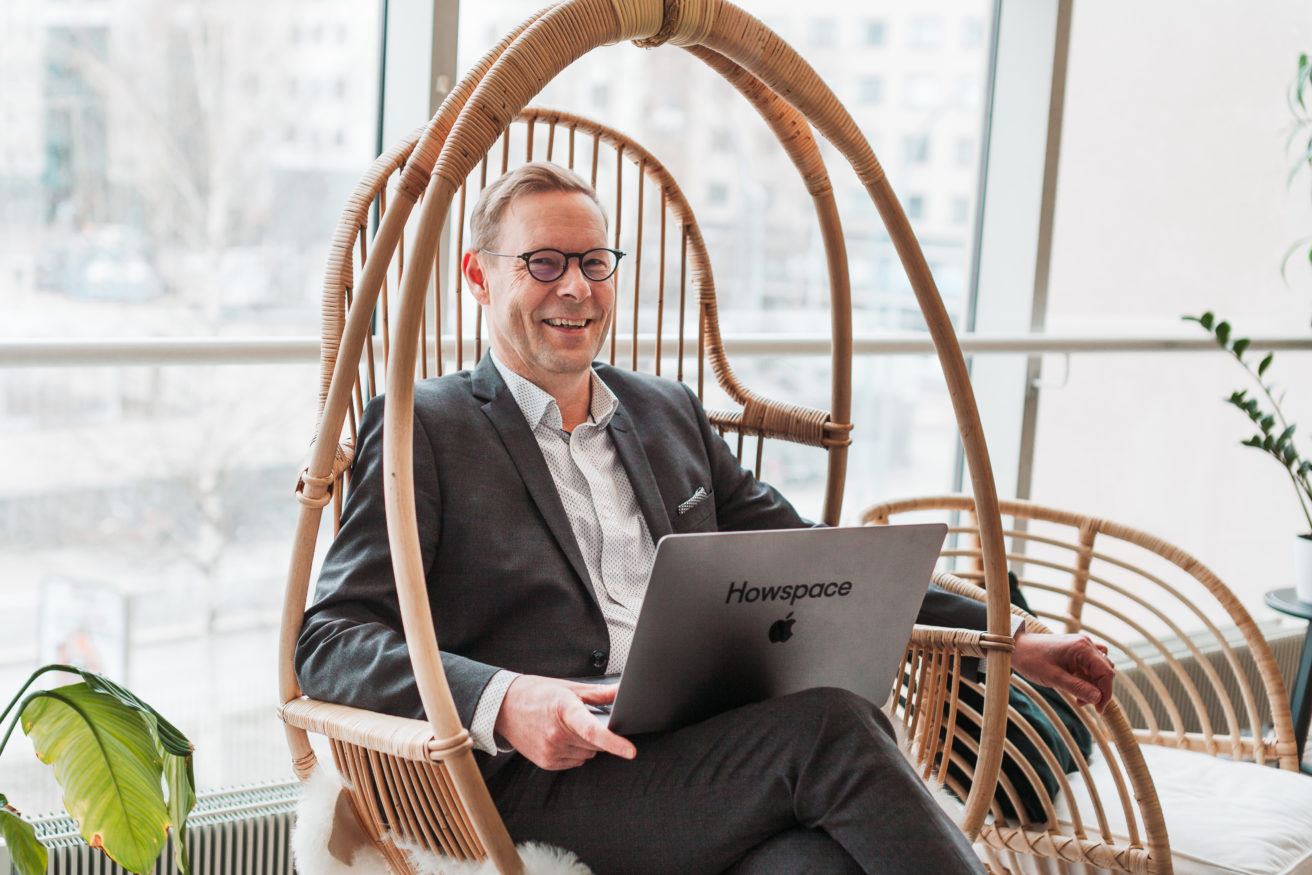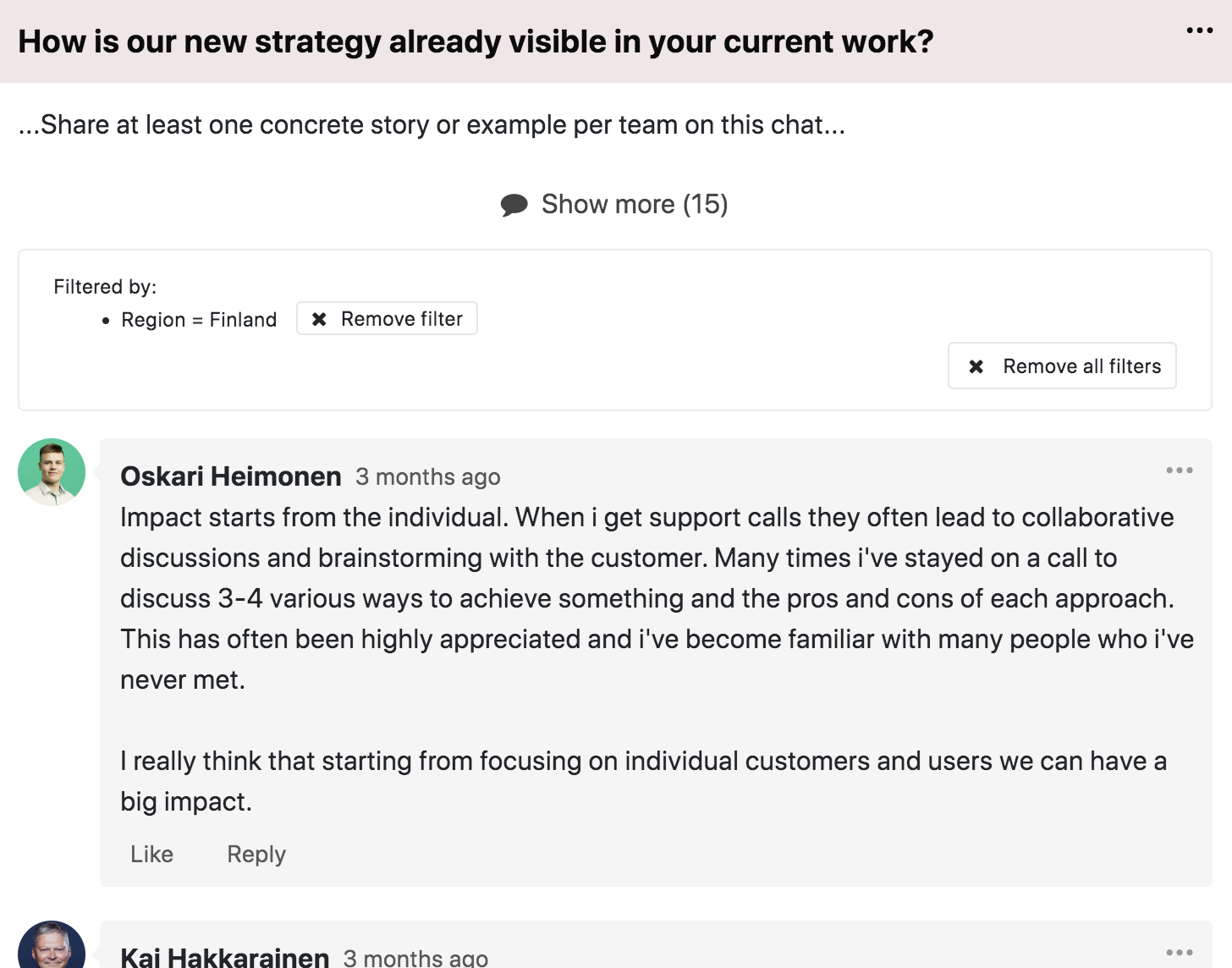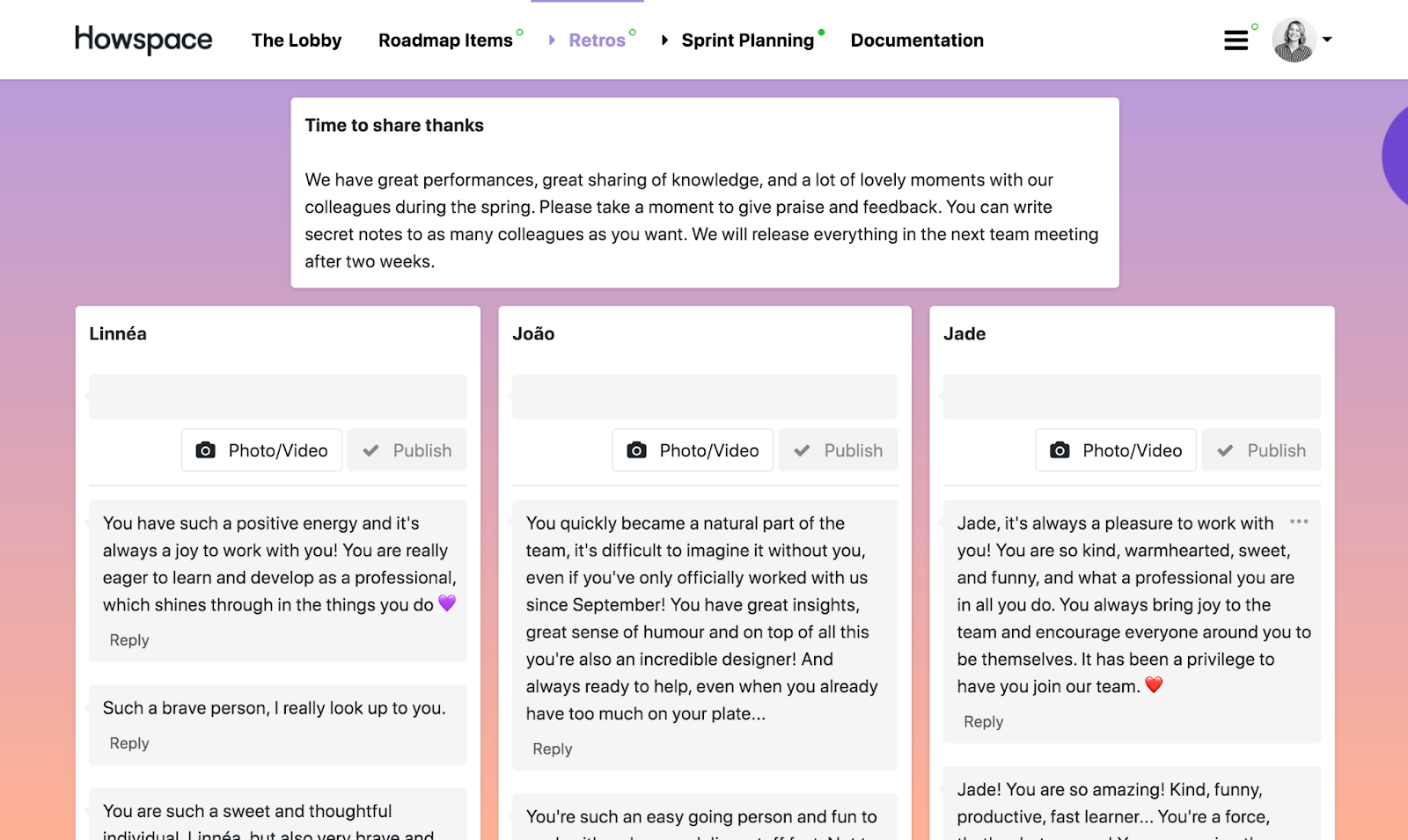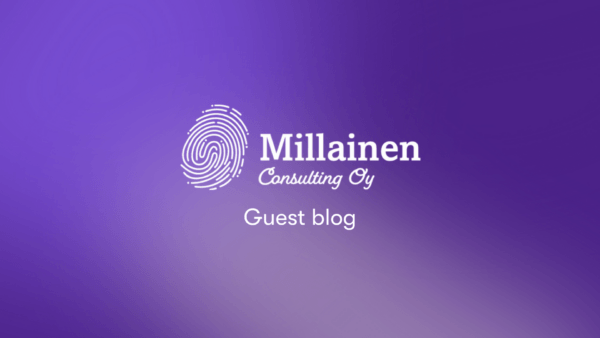
How to design digital facilitation and collaboration
Many people understand digital facilitation as the work that’s done by a professional facilitator during an in-person workshop with a small group. But when we talk about digital facilitation at Howspace, we’re talking about something much bigger.
Facilitating involves designing and leading a process in a way that makes sense and gets everyone involved. You can think of it as collaboration design or orchestration. Facilitation can be done in-person, virtually, or in a hybrid way—synchronously or asynchronously. Facilitation work is not something that can only be done by professional facilitators. Any expert or leader can increase the impact of their work by improving their facilitation skills and working with Howspace.
Howspace is a facilitator-led platform, meaning it’s purpose-built for digital facilitation. Howspace was founded by consultants who wanted to support and scale their facilitation work, and help other facilitators, consultants, trainers, and leaders do the same.
As a Howspace user, you can design your own way of facilitating collaboration. In this final post of the Howspace design principle series, we’ll dive into what the facilitator-led principle means in practice, and how to apply it in your collaborative processes.
What facilitator-led means in practice
Distinct facilitator and participant roles
In Howspace, there’s a big separation between what’s possible for a participant and a facilitator. On the one hand, the facilitator designs and leads collaboration. To design a process as effectively as possible, you have full transparency of what’s happening, and access to analytics, reminders, scheduling possibilities.
On the other hand, participants only need to focus on being present and engaging with others in the space. They can trust the process and know that a facilitator will invite them to take part in discussions and take action on initiatives where they’re needed without having to dig around and try to guess what they should be doing.
You can think of participants as tourists in a new city, and facilitators as tourist guides who plan everything and invite participants to join and enjoy the journey.
Facilitate both synchronously and asynchronously
Asynchronous communication is essential for hybrid working, especially when working with team’s distributed across multiple time zones. Fortunately, it’s easy to facilitate processes both synchronously and asynchronously in Howspace.
When you create one workspace per project, everyone has access to the information they need to do their job well. And by creating transparent workflows that everyone can follow, participants will have a clear view of the team’s ongoing work and priorities.
Howspace everything you need to make work flexible yet impactful for everyone.
Tips to put your facilitator skills into practice
Be curious
Curiosity is at the heart of digital facilitation work. Being curious about other people’s perspectives requires a level of vulnerability—you need to let go of control and be open to other people’s ideas.
You can show curiosity by asking questions even though you might not like the answers. By doing so, you show your team that you value their thoughts and opinions and that you’re open to change.
Throughout your change or learning initiative, be sure you sprinkle in questions at different phases of the process. In Howspace, you can invite people to first take the time to share their individual answers to a workspace, then discuss the question together in small groups.
Consider how you ask questions
You can get quite different answers to a question depending on how you phrase it. To get people to share their honest opinions, pay attention to the language you use when asking questions.
For example, if you ask a group of participants “What’s working well in the organization?” they might think there’s a right answer (according to the CEO and upper management) and try to answer accordingly. If you instead ask, “What’s working well in the organization from your perspective?” you show that you want people to share things from their unique point of view.
This subtle switch in how you ask questions will help you get everyone involved in sharing their stories, opinions, and experiences.

Create a safe space for participation
As a facilitator, you’re an expert on leading the process, not in providing answers. Rather than only share your advice during a workshop, invite participants to share their experiences and knowledge on the topic. It’s among the participants that you’ll find multiple nuggets of wisdom.
Guide the conversation into the direction that’s most beneficial for the team to have—regardless of the final destination. Allowing the conversation to go wherever it may requires creating a safe space for participation. To do so, having a noiseless space free of distraction is important, as is promoting psychological safety.
One way to promote psychological safety is by allowing participants to share their comments and questions anonymously. This helps remove the fear that anyone would be singled out for sharing their thoughts.

Use AI to develop work and learning
Howspace’s built-in AI helps people listen to each other, collaborate, and come to a shared understanding. You can use Howspace AI to summarize and analyze participants’ conversations in real-time, then use the AI insights as a prompt for follow-up discussions.
Plan your assignments and tasks to be AI-friendly by using questions that guide participants towards reflection. Keep in mind that the AI works best when there’s just one question in each assignment.
Throughout your project, choose an AI element that serves your goal. For example, if you want to quickly sum the conversation, use the Summary tool. Want to encourage participants to have a follow-up discussion on the themes that sparked the most opinions and comments? Use Theme Clustering. Looking to uncover participants’ worries about a change initiative? Sentiment Analysis has you covered.

Digital Facilitation > technology
The right technology is needed to drive progress, but it’s how you use the technology that matters the most. We designed Howspace as a facilitator-led platform because we know that facilitation plays a crucial role in creating impact.
Howspace was built to make the work of facilitators and collaboration designers as wonderful as possible. As a facilitator-led platform, Howspace makes it easy for you to guide conversations and instantly make sense of large-scale dialogue so you can align everyone for the greatest impact.
Deep-dive into each design principle
Workflow-based is the fifth and final Howspace Design Principle. Check out other design principles blog posts in the series to learn about what’s at the core of our platform:
- Howspace design principles: The fundamental ideas behind the platform
- Principle 1: How to simplify your processes so that people will actually participate
- Principle 2: How to create a noiseless environment for your next change or learning initiative
- Principle 3: How to build the context for your collaborative projects to achieve better results
- Principle 4: How to create impact by taking a workflow-based approach to collaboration
You might be interested in these as well
View all
Emotional Leadership in Change and Transformations at Different Organizational Levels
Discover the power of emotional leadership in navigating change at different organizational levels.

Gofore joins forces with Howspace as a new strategic partner
Gofore joins forces with Howspace as a new strategic partner to drive human-centric digital transformation.

Make Your Decision-Making More Inclusive and Effective
Participatory decision-making taps into the collective wisdom of your entire workforce. Here’s how to make more impactful decisions in your organization.